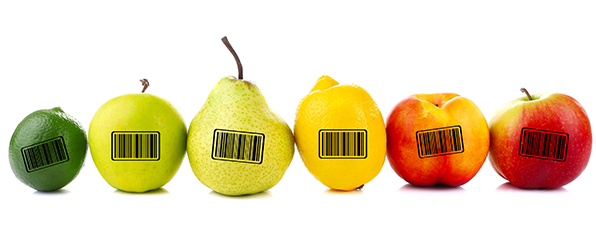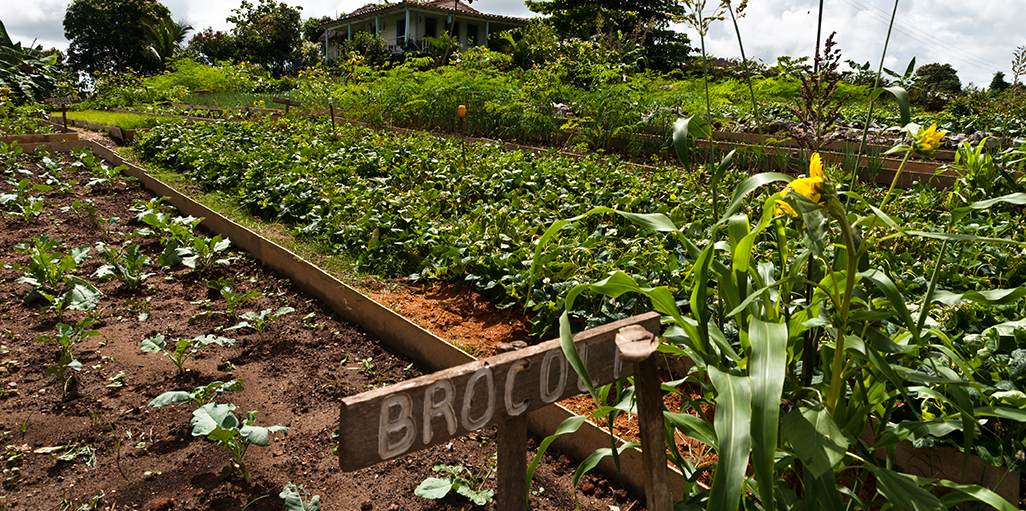
The Produce Traceability Initiative (PTI), sponsored by the Canadian Produce Marketing Association, GS1 US, The Produce Marketing Association (PM), and United Fresh, aims to bring accurate, electronic traceability to every step of the food supply chain. Last week they announced new standards for traceability and labelling in the US and Canada in advance of the 2020 Food Safety Modernization Act (FSMA) draft to be released this September.

Organic farming must adhere to the regulations and standards in your region as well as where your produce may be exported. Oftentimes organic standards will consist of production practice standards and permitted substances lists, and applicants must adhere to these standards for three years before selling their produce as “organic”. Organic record keeping must be maintained to prove no prohibited substances were used on the land or crops; production plans or organic system plans also required by certification bodies can include input documentation, seed sources, a five-year history, harvest records, and more. Where do these guidelines stem from, and how does it look in practice?

When E. coli wreaked havoc on romaine lettuce production and consumption last fall, the investigation of the outbreaks by the FDA determined three likely sources in the Salinas Valley growing region in California. During the initial period of mitigating harm when fewer answers were available, we wrote about how the production of lettuce in the Salinas Valley was halted, how Wisconsin was hit with dozens of E. coli related illness linked to pre-cut romaine, and how the FDA was reviewing hundreds of distribution records to ensure specifics were determined. Recently released findings from this investigation include details on probable causation and the result of traceback efforts.

Harvest Quality Vision has been revolutionizing harvest and in-orchard quality control for apple growers around the world, and we are thrilled to announce its expansion into new products! Introducing the latest update: harvest and quality control for pears!
Let our expert staff walk you through the Croptracker system, and answer any questions you have.
We are here to help.